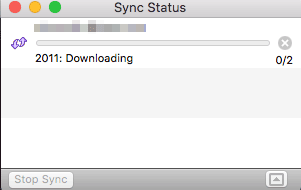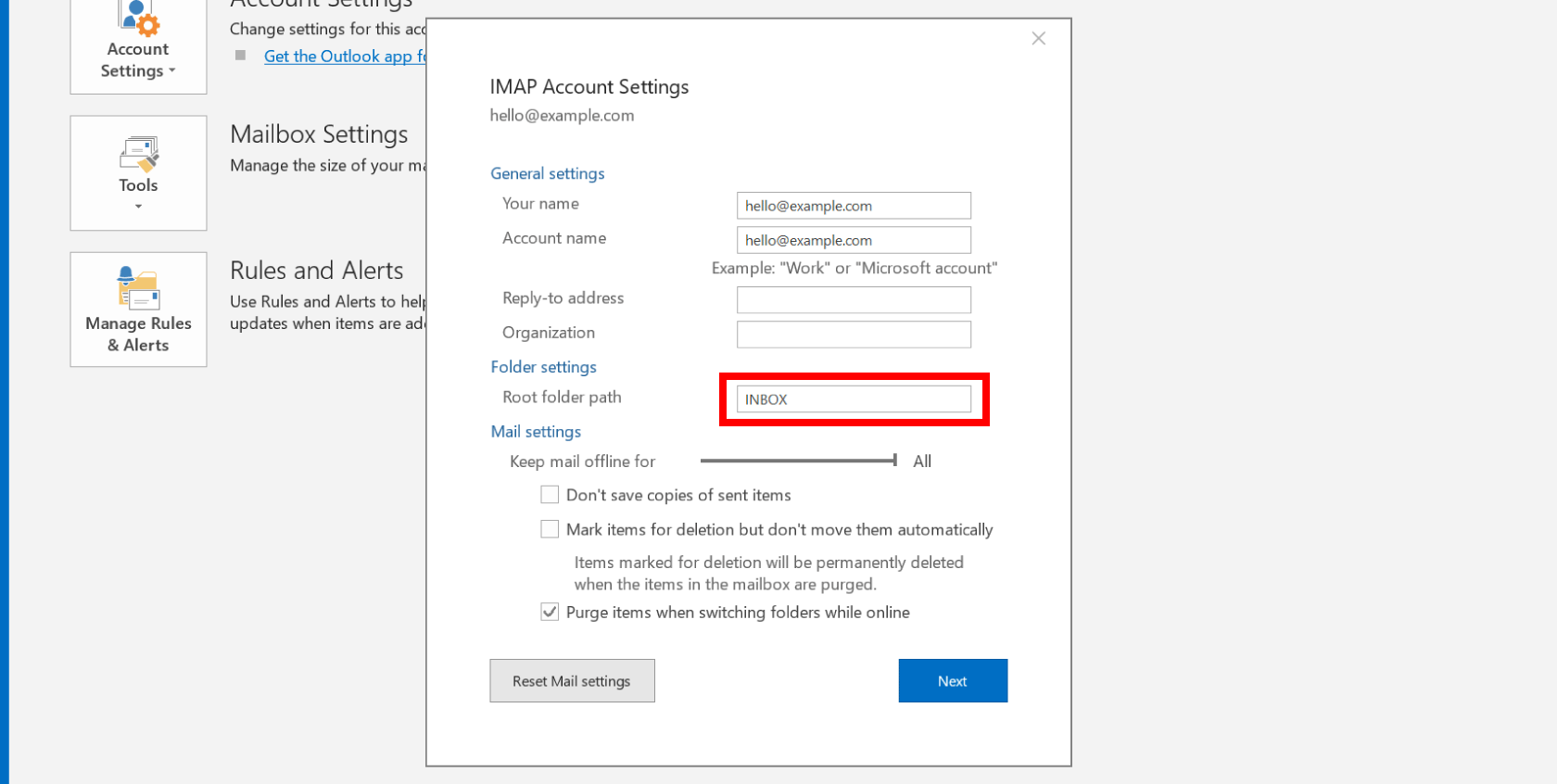

- Speed up outlook for mac 2016 archive#
- Speed up outlook for mac 2016 pro#
- Speed up outlook for mac 2016 free#
Speed up outlook for mac 2016 archive#
I’ve had large archive files before from Microsoft Outlook for Windows (PST format), and found them to be easy to manage and portable. I started from scratch rather than migrate the old system image, and duly backed up everything.
Speed up outlook for mac 2016 pro#
For instance by Size, From or Folders.I recently updated my MacBook Pro to a newer model. These tools also offer other criteria to split the pst-file than by date. In that case, you could consider using one of the following 3rd party tools to split your pst-file(s). If you need to split multiple pst-file, then the Outlook based method might not be too efficient, especially when you have a very large pst-file. Of course, because you no longer add or remove data to these pst-files, you no longer have to include them in your daily backups and can therefore save yourself some time and space. Your pst-file will now decrease in size.Īlso make sure that you include these newly created pst-files in your backups.
Speed up outlook for mac 2016 free#
To start this process manually and directly return this “white space” as free space on your disk, you can use the Compact Now button. Outlook will automatically return this “white space” when a certain amount of it exists in a pst-file (which can be up to 15 percent) and the computer is idle. This is because a pst-file is a database and, for performance reasons, space freed up by removed items isn’t directly being returned to the file system. Once you’re done creating yearly archives, you might notice that your original pst-file still hasn’t decreased (much) in size. Step 3: Compact Now and updating your backup schedule You can use the Archive feature to split your pst-file. Make sure that this is a location on your local computer and not a network share.Įxample: D:\Documents\Outlook Files\2011.pstĪfter archiving has finished, repeat the above steps but specify a different date in step 4 and a different name in step 6.

As data will no longer change in these pst-files, I would no longer have to include them in my daily backups. To speed up Outlook and backup performance, I thought about splitting up my pst-file into multiple files. For years I’ve been using the same pst-file with Outlook and it now has grown quite big (it currently is 5.6GB).


 0 kommentar(er)
0 kommentar(er)
